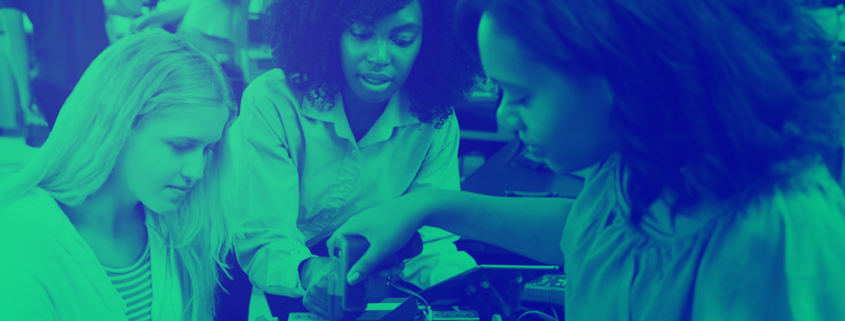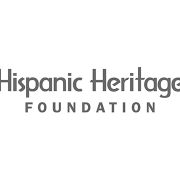Great Ways to Integrate Career Planning into Your Classroom
The Student Research Foundation offers research reports on a variety of topics related to career planning. If you are a teacher, you and your students will want to explore them and use them as resources. They include the American Dream Infographic, the New Public Square Infographic, the Global Citizenship Infographic, and more. Be sure to explore them all and make use of them in your classroom.
Integrating Career Planning into Your Lesson Plans
All educators know that there is more to teaching than providing students with reports to read and information to absorb. We know that students often learn the most through experiential learning – in other words, they learn by doing things.
We also know that experiential learning can be especially effective in career planning. Some students decide to become engineers when they work summer internships or jobs, for example. Others decide to enter health care professions after volunteering at hospitals, working in assisted living facilities, or taking summer jobs in physical therapy clinics. And the list goes on and on, supporting our view that when it comes to career planning, it is often more effective to have students experience different careers than to tell students about them.
Two Kinds of Career Research Projects Your Students Can Undertake
- Individual career research – If you have only one student who is interested in a particular career, he or she can work alone to research it. For example, we know one teacher who had a student who was interested in becoming a dance therapist, which is a unique career path. So that teacher encouraged that student to work an internship at a dance movement therapy program.
- Group research – If you have a group of students who are interested in careers in one field, there are many opportunities to let them conduct group research. One approach is to divide up the overall research project into sub-projects. One student can explore college programs to prepare for the career, another can explore scholarships, another can research jobs and careers within the field, and another can explore long-term employment potential. This kind of shared research projects can help students discover and commit to potential careers.
Resources within Your Community
Whether you assign an individual or a group research project to your students, chances are your community and region offer opportunities for students to engage in real-world learning experiences.
Some possible activities:
- Set up new cooperative internship programs with local companies that allow your students to work within their doors and learn.
- Start educational programs that allow students to take courses at nearby colleges. Another approach? Invite colleges to send instructors into your school to teach your students on-site.
- Connect your students with professionals who are already working in the careers that students will research. These people can include parents, alumni, local business leaders, and others.
The Importance of Having Students Share What They Learned
After students complete their career research projects, be sure to have them share their findings with their fellow students. They are likely to be excited and energized about what they have discovered and when they share their discoveries with other students, their enthusiasm for the careers they researched is likely to spread.
We Invite You to Explore Your Students’ College & Career Options with Us. . .
Students who participate in the National Career & College Pathway Study will gain new insights about making educational decisions that align with their interests, passions, and aptitudes. Participants will receive information on college and career opportunities that match their interests.
Related Post
Is It Time to Create a Career Research Center in Your Classroom?










Leave a Reply
Want to join the discussion?Feel free to contribute!